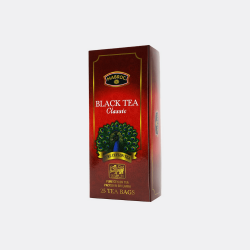Back in the early ’60s, there was something truly magical about a certain bush on an estate located in the rolling hills of Haputale in the Uva region of Sri Lanka (Formally Ceylon) called Pitaratmali Estate. This garden was owned by 2 plantation companies in Ceylon named Ceylon Tea plantation Company Ltd. and The Ceylon Proprietary Tea Estates Company Ltd.
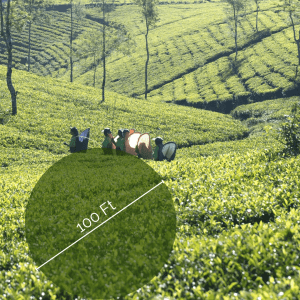
The size of the tea bush – a 100 Ft in diameter behemoth
It stood there, proud and majestic, amid a field of bushes; each seemingly competing for space, but this one was different. It was around 100 feet in diameter, a giant in its own right. When the time came for its annual pruning ritual in 1962 or ’63, it underwent a remarkable transformation, with 294 pruning cuts carefully executed.
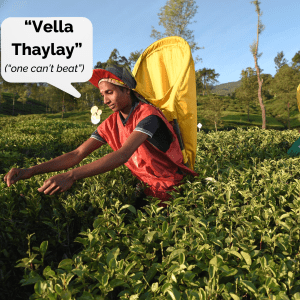
The Pitaratmali Estate Tea Bush
This bush was a real showstopper, and the workers on the estate affectionately referred to it as “high jat” or “vella thaylay” in Tamil, which means “one can’t beat” – a when translated into English which is a testament to its towering stature.
It had a single, massive trunk from which sprawling branches reached out, starting from about a foot above the ground. For about half their length, these branches stood at roughly a foot in height and, if you looked at them from the side, they had a graceful elliptical shape. Can you imagine that? A bush with elliptical branches! This was because Tea plants do not normally grow to be this size and the sheer weight of the branch would make it bend.
What made it even more intriguing was that some of these branches were supported, and the pluckers, those brave souls who harvested the precious leaves, would often walk along these leafy highways. It was as if this bush had its very own arboreal bridge system.
But there was more to the story. This bush wasn’t just any bush; it was the king of the field, and the surrounding bushes knew it. Over time, as it expanded its leafy dominion, any nearby bush that dared to obstruct its path was promptly removed.
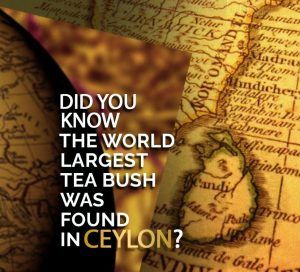
Worlds’ Largest Tea Bush
Legend had it that Mr. Masefield, the Chairman of the Companies in London, held a deep affection for this bush. Some whispered that he’d dismiss any superintendent who brought harm to it. Whether that’s true or just an estate rumor, one thing was certain: when it came time for pruning, the entire hierarchy of estate officials was present – the PD, SD, pruning Kangany, and even the head saw man.
Now, here’s the curious part. Despite its grandeur and the tales that surrounded it, this bush was not particularly known for its high yields. It seemed that the further you ventured from its center, the less lush the flush. But that was to be expected. After all, sap flow is a finicky thing, and it decreases in proportion to the distance it must travel.
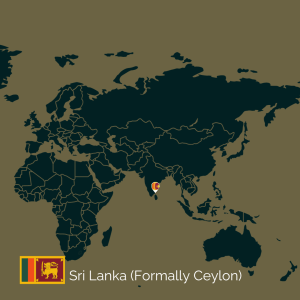
Sri Lanka Marked in the World Map
One more thing that set this bush apart: it was not just any jat; it was a “high jat.” Unlike its distant cousin, the “China jat,” it had an air of apical dominance about it. It focused its vigor right in the heart of its sprawling canopy, like a king reigning over its leafy kingdom.
In the end, this bush was more than just a collection of branches and leaves. It was a living legend and a testament to nature’s wonder and the unspoken bonds between humans and the land they cared for.
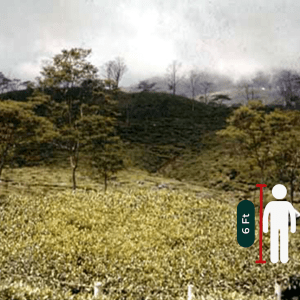
Image Soure: Mr. Ian Gardener. The Pitaratmali Estate Tea Bush Image
Now you can easily order your tea from our online tea shop. mabrocteas.com/buy-ceylon-tea-online/
Don’t just take our word for it; try our teas for yourself and see!
References:
Sources: https://www.historyofceylontea.com/ceylon-publications/feature-articles/the-largest-tea-bush.html
Tea department of Mabroc Teas



